When you’re faced with the decision of choosing a range hood, it’s not just about selecting any old appliance for your kitchen. It’s an opportunity to elevate the overall aesthetic appeal of your kitchen space. Whether you’re aiming for a bold statement piece that becomes the focal point of the room or a more subtle addition that seamlessly integrates with your existing decor, the choice is yours. However, to make a well-informed decision that truly reflects your preferences and meets your specific needs, it’s essential to delve into the fundamental aspects of range hoods. By understanding key elements of a stove hood, such as power, noise levels, and sizing requirements, you’ll be equipped to choose a range hood that not only looks great but also functions effectively in your kitchen environment
Why Invest in a Range Hood
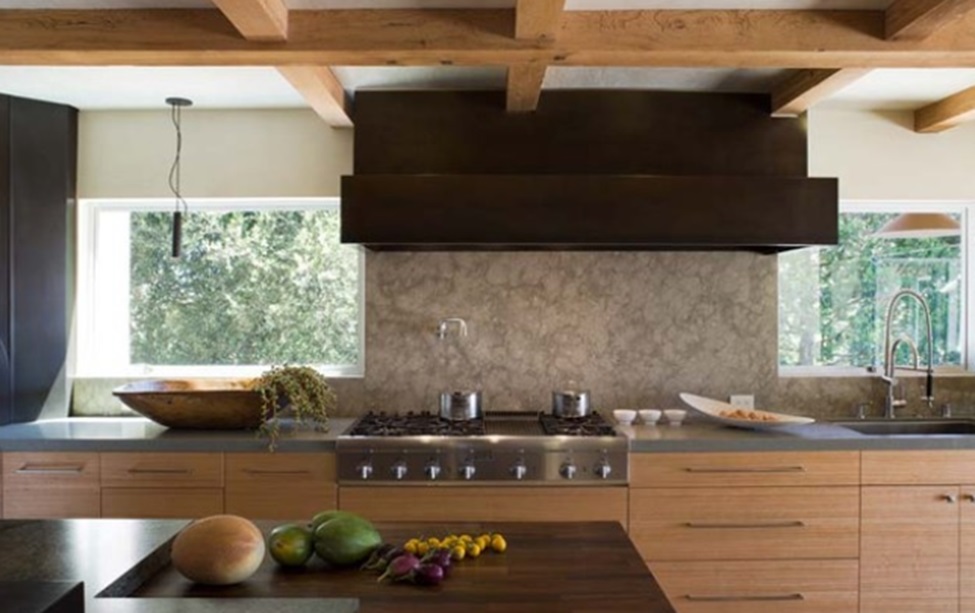
Investing in a range hood transcends its primary function of removing cooking odors and grease particles. While its primary purpose is to maintain a clean and pleasant kitchen environment, its benefits extend to preserving the integrity of your home. By preventing odors and grease from permeating fabrics, walls, and upholstery, a range hood contributes to a healthier indoor air quality and helps maintain the cleanliness and freshness of your living space. Although range hoods may not be mandatory in all regions, their installation is a proactive measure that enhances comfort and overall well-being.
Understanding Power, Noise, and Sizing
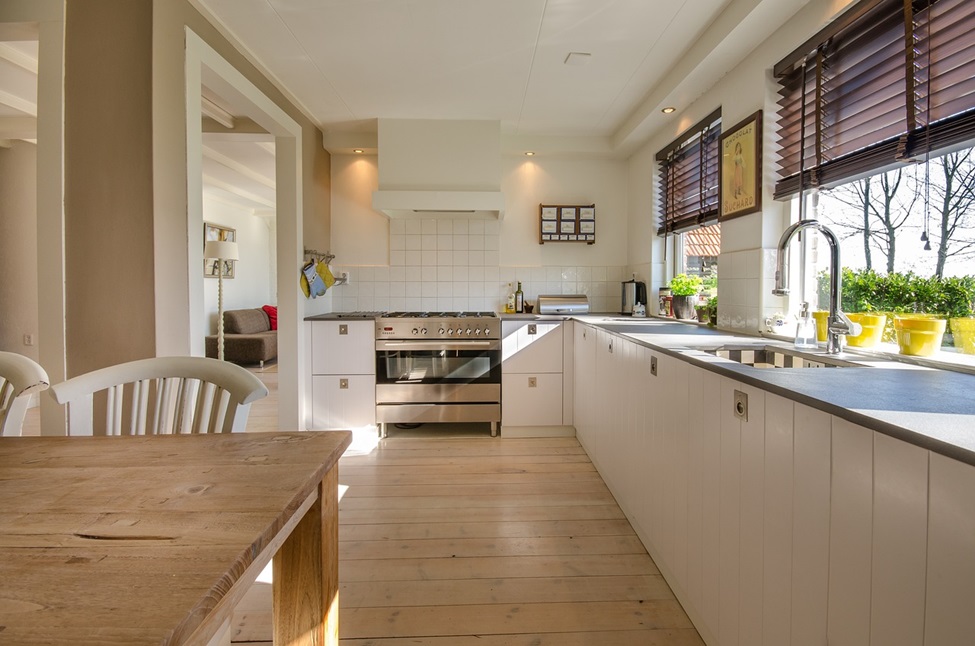
Before delving into the vast array of range hood styles available, it’s crucial to familiarize yourself with key factors such as power, noise levels, and sizing requirements.
Power: Range hoods are available in various power levels, typically measured in cubic feet per minute (cfm) of air movement. Ensuring that the hood’s power capacity aligns with the energy output of your cooktop is essential for effective ventilation. A general guideline suggests allocating approximately 1 cfm per 100 British thermal units (Btu) of your cooktop’s energy production to adequately match the hood’s suction power.
Sizing: Proper sizing is critical to achieving optimal ventilation performance. The dimensions of your range hood should complement those of your cooktop, and adherence to manufacturer specifications regarding installation distance is vital. This ensures efficient airflow and prevents any potential hindrances to the hood’s functionality.
Noise Tolerance: Range hood noise levels, measured in sones, vary depending on factors such as the hood’s power capacity and design. While higher-powered hoods may produce more noise during operation, it’s essential to consider your tolerance level for noise. Visiting appliance showrooms to test noise levels firsthand can help you make an informed decision based on your preferences.
Choosing the Right Style
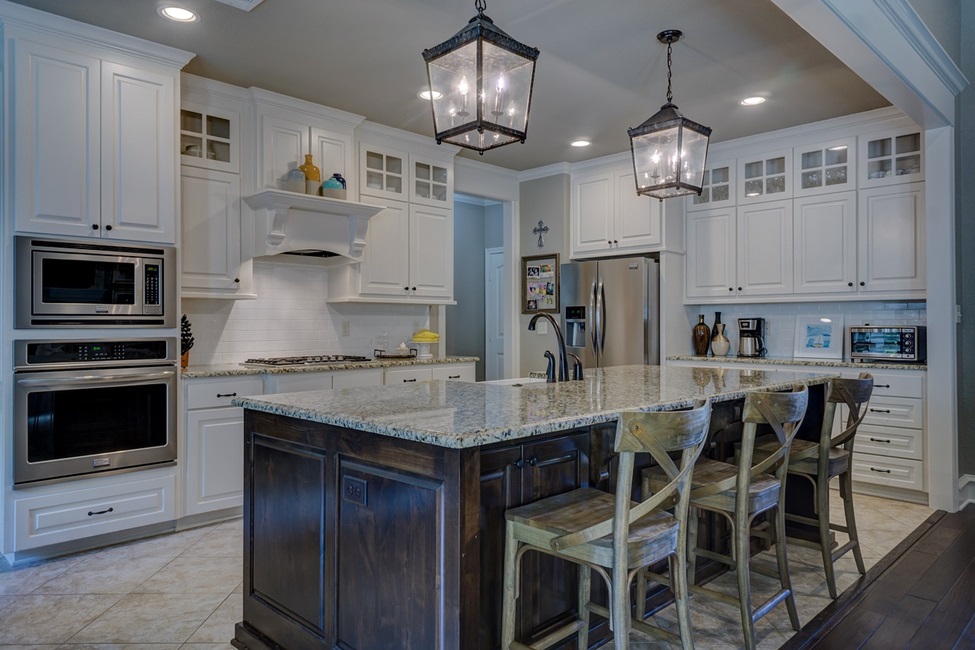
Range hoods are available in a diverse range of styles, each offering unique features and aesthetic appeal. Understanding the distinctions between all-in-one and two-part options can guide you in selecting the most suitable style for your kitchen.
All-in-One vs. Insert plus Shell: All-in-one range hood units integrate the hood’s exterior with an integrated blower, providing a cohesive and streamlined appearance. In contrast, two-part systems offer greater flexibility by allowing you to select a separate hood shell and blower, enabling customization to achieve both the desired aesthetic and power level.
The Flexibility of Hood Inserts: Hood inserts offer creative customization options, allowing you to frame the insert with various materials such as wood, tile, or metal. This versatility enables you to tailor the design to match your personal style and complement your kitchen decor seamlessly.
Exploring Range Hood Styles for Different Kitchen Themes
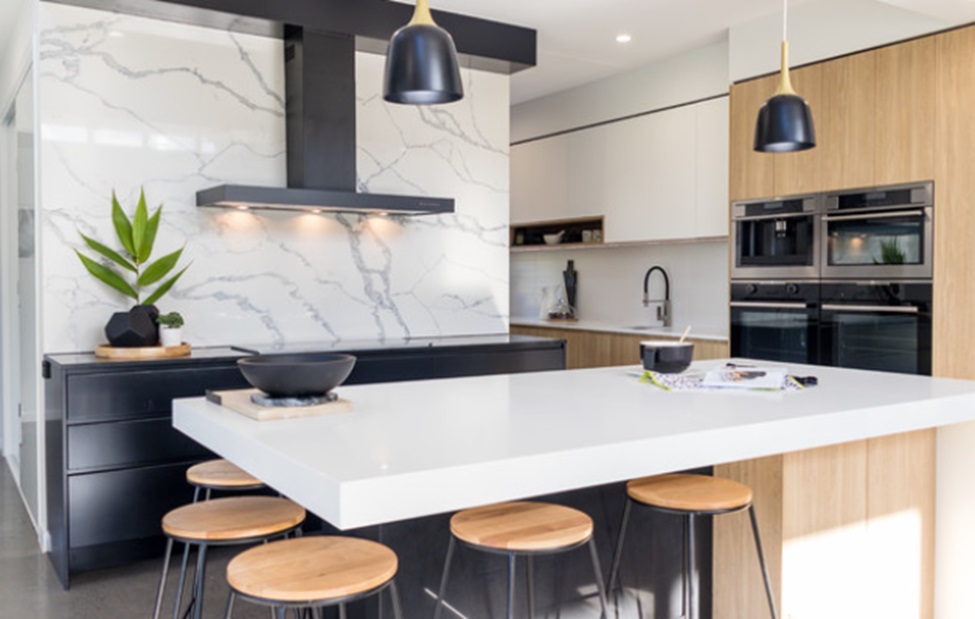
Whether your kitchen design follows a transitional, contemporary, or traditional theme, there are range hood styles available to suit every aesthetic preference.
Transitional Kitchens: Transitional kitchens blend modern and traditional elements harmoniously, making hood inserts framed within custom-built surrounds an ideal choice. This approach creates a cohesive and visually appealing space that seamlessly integrates with the transitional aesthetic.
Contemporary Kitchens: Contemporary kitchens embrace clean lines and minimalist design principles, making chimney-style stainless steel hoods or combinations of stainless steel and glass popular choices. These sleek options complement contemporary kitchen designs while ensuring efficient ventilation and functionality.
Traditional Kitchens: Traditional kitchens often feature mantel-style or decorative wood hoods that add warmth and character to the space. Materials such as plaster, copper, or brass enhance the timeless appeal of traditional kitchen designs, providing a focal point that complements the overall aesthetic.
Maintenance Tips and Considerations
Proper maintenance is essential for preserving the longevity and performance of your range hood. While stainless steel hoods are relatively easy to clean, other materials may require specific care instructions to maintain their appearance and functionality. Additionally, higher-powered range hoods may require additional ventilation systems to comply with local building regulations regarding airflow and circulation.
Getting Started
When you’re ready to dive into the world of range hood options, start by immersing yourself in design platforms and paying visits to appliance stores or showrooms. Teaming up with a kitchen designer can be incredibly beneficial as they can offer valuable insights and guidance. Their expertise can help you navigate through the multitude of choices available, ensuring that you find the ideal range hood that not only elevates the functionality and aesthetics of your kitchen but also fits seamlessly within your budget and meets your specific requirements.

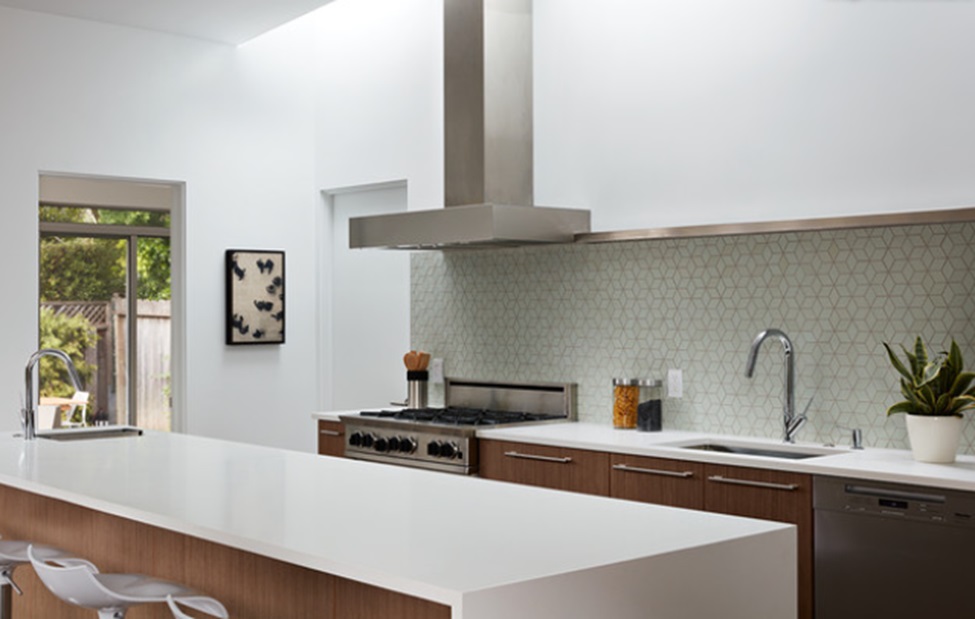
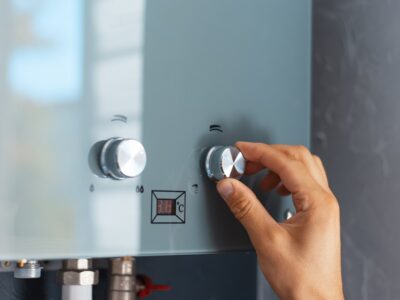



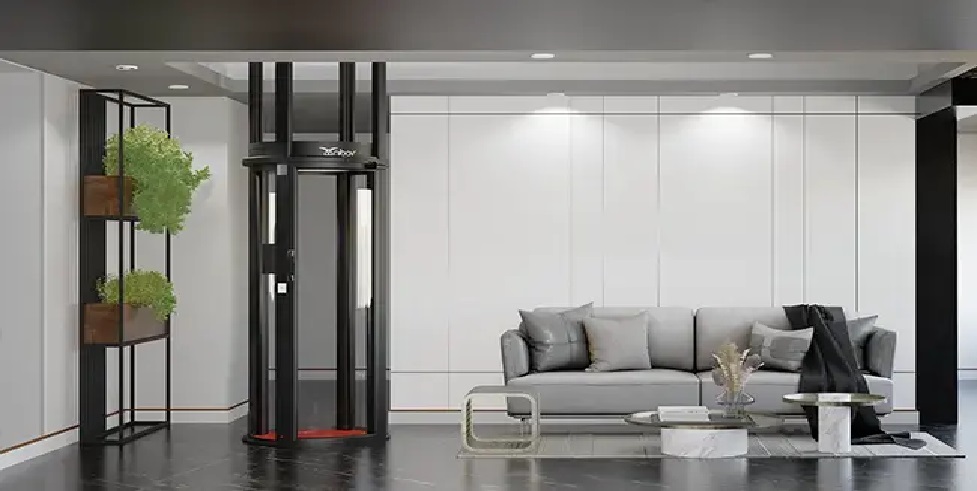
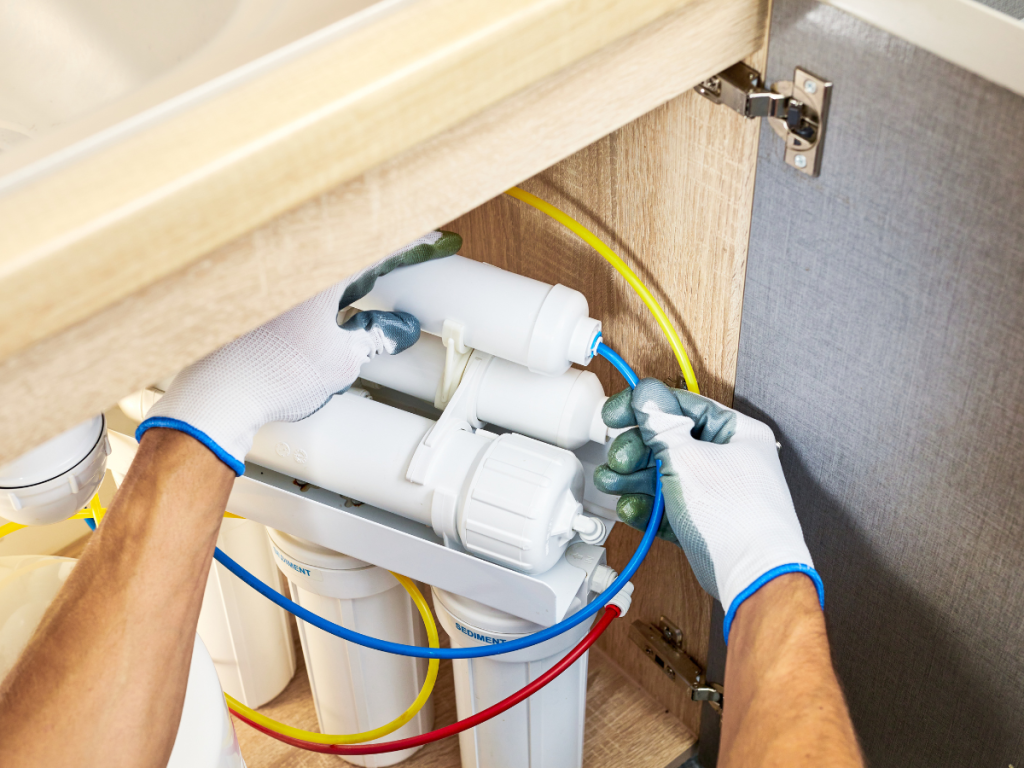
Comments